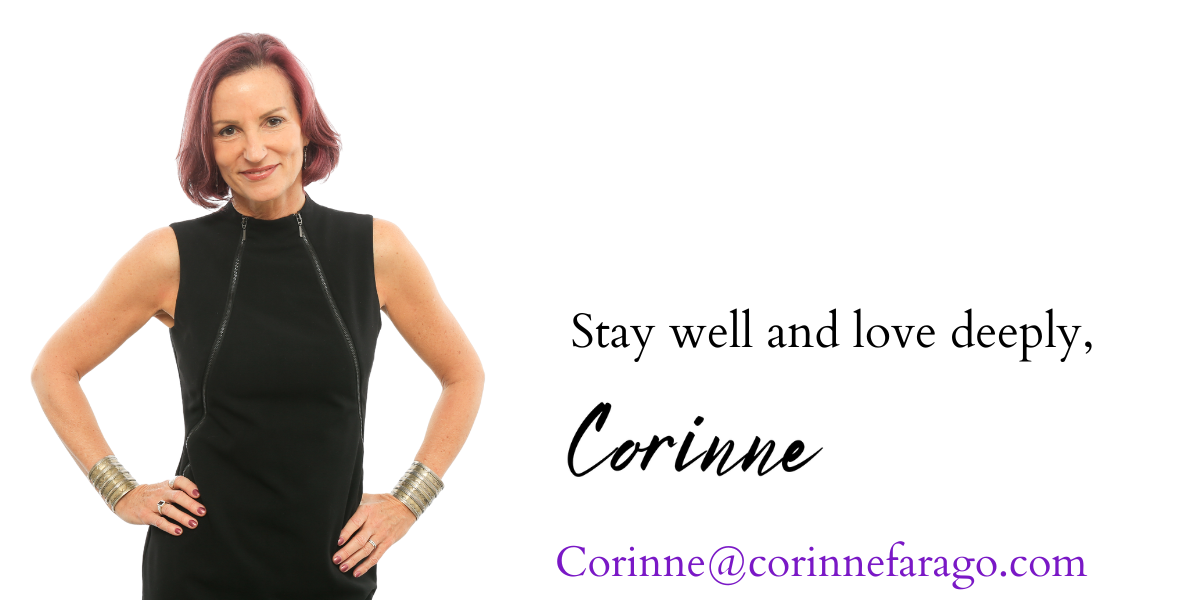The Fake News Stories We Tell Ourselves
Your brain is a powerful propaganda machine of misinformation. If you suffer from insecurity, fear, regret, jealousy, or any other negative mindset in your relationship, your fake news network will create stories that strive to capture your attention and validate your fears.
Your news anchor, otherwise known as your inner critic, will spin facts into narratives that confirm our belief systems, about ourselves, our partners, and the world.
Pretty much every argument a couple has, no matter the context, can be reduced down to some fundamental beliefs that are commonly found in intimate relationships, such as:
- You don’t love me.
- I’m not enough.
- I’m not safe with you.
- You don’t see or understand me.
- I’m with the wrong person.
Taking a Look at Your Core Beliefs
If our internal fake news network is constantly putting out stories that mirror the familiar message of our inner critic, we’ll latch on to what’s familiar and suffer the unending loop of negative beliefs and corresponding stories, that are spun from facts.
How do we break the pattern?
The first and most powerful first step is to identify the belief. Say your belief out loud, “I’m not enough”. Now question the belief itself. “Is it true, I’m not enough?” Ponder this question, and let it start to unravel the truth from fiction.
Do some internal research and explore where your core beliefs were born. Chances are they are older than you think, with memories dating back to childhood.
Breaking Down the Cycle of Negative Self-Talk
Last week a client (we’ll call her Cheryl) told me she was suffering from jealousy. When she saw her husband, (we’ll call him Sam) spending time with an ex-girlfriend at a friend’s wedding, her inner fake news network created the story that their encounter was full of romance and longing. She imagined they were reminiscing of their shared memories and planned to meet up to see each other again.
By the time he returned to her side, she was triggered and withdrawn. She spent the rest of the evening believing her own mind’s propaganda with stories like, he doesn’t love me, he’s planning on leaving me, he regrets leaving his ex, I’m not enough, I’m not safe in this relationship. She found herself stuck in this toxic feedback loop, looking for any evidence to back up her stories.
When Cheryl finally blurted it all out, with accusations and suspicions, Sam felt angry and unfairly blamed for something he didn’t do, and would never think of doing.
In their next session together, I asked her to replay all the details of her fake news story, so she and Sam could hear it out loud. The more she detailed her false narrative, the more she could see that what she believed to be true, was her own creation born out of her fears and insecurities.
I suggested that the next time they need to work through a difficult conversation that is charged with emotion, that they begin with the words, “the story I’m telling myself is…”
Taking the Steps to Reach New Levels of Intimacy with Your Partner
By starting off with “the story I’m telling myself is…” we are acknowledging that our stories are subjective, biased, and not necessarily true, but they feel true, and can be shared in a way that doesn’t blame our partner or require them to fix our problem.
For example, “The story I tell myself is… that you’re deep down still in love with your ex. And when you saw her you realized you wanted to be with her again. I was telling myself that you might leave me.”
When Cheryl practiced this suggestion, Sam was taken aback by Cheryl’s confession, but rather than feeling blamed and accused, Sam could hear Cheryl’s fears without getting caught up in his own storytelling that was going to lead to his self-defense and reactivity.
Sam appreciated Cheryl presenting her beliefs as her subjective story. She was even able to share some her memories of being dumped by a boyfriend who fell in love with someone else many years before.
Cheryl’s vulnerable confession softened Sam and helped him see that she was trying to bring awareness to her internal fake news network by doing her own research to get to the true source of her story.
The disconnection was not only repaired, but the lesson they got deepened Cheryl and Sam’s intimacy. It grew their trust that they could change a reoccurring toxic pattern of communication.
Every couple struggles with misinformation and fake news that is driven by negative beliefs, but working as a team to understand ourselves better can clarify what’s true, and what’s not true.
The next time you’re ready to buy into your internal fake news network, stop and inquire into the truth of your beliefs, get to the source of your story, and begin your statement with “the story I’m telling myself is…” signaling to your partner that this is more about you, than about them.
If you want to read more on the stories we tell ourselves, check out my earlier blog on Confirmation Bias.



